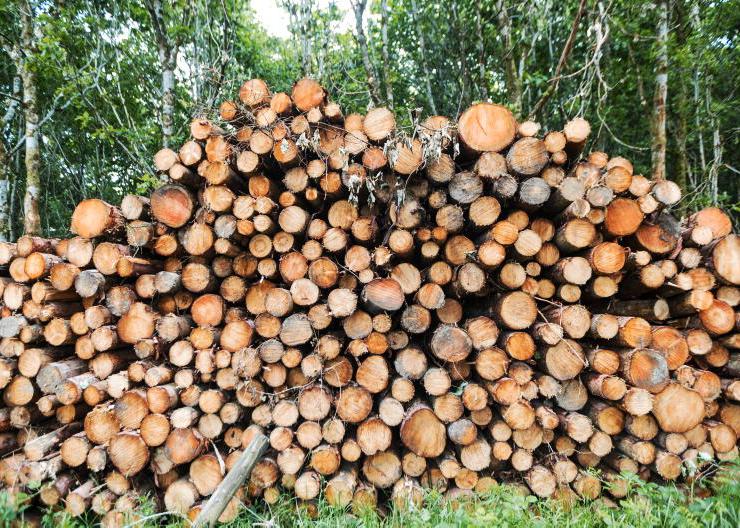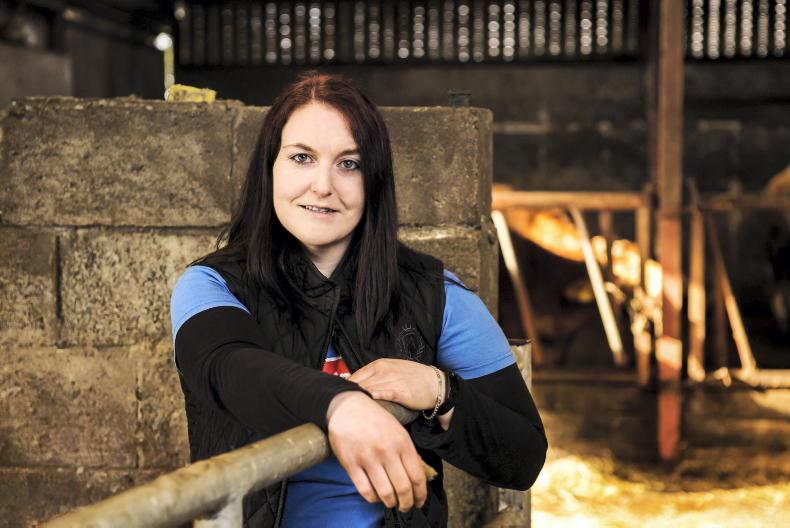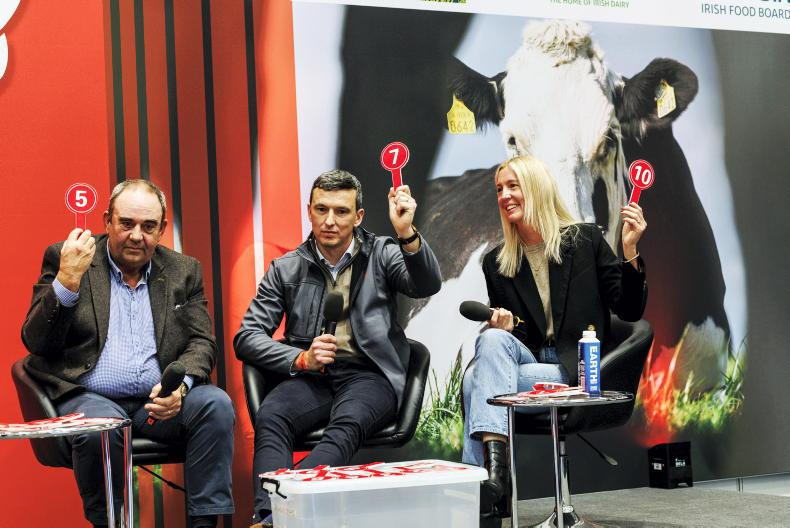Agroforestry ticks a lot of boxes for farmers and, ultimately, it ticks all the environmental boxes, district inspector with the Forest Service Eugene Curran has said.
Speaking at the Irish Agroforestry Forum autumn workshop in Gurteen College, Co Tipperary, on Friday 18 November, Curran said that farming in the shelter of trees leads to more sustainable forestry and more sustainable food production.
In agroforestry systems, farmers can plant trees and have animals grazing on the same piece of land.
Benefits
Reducing the need for animal feed and fertiliser, offsetting emissions, diversifying economic return and increasing tree area on-farm are among the benefits.
Ireland, he added, has the second-lowest amount of tree cover in Europe at just 11%.
"There are very few trees in Ireland relative to the rest of Europe. The pressure isn’t on them to plant as much trees," he said.
Target
The target set by the Department of Agriculture was to create 200ha of new agroforestry by 2020. There were 79 applications made.
From an economic point of view, Curran said that payments for forestry are moving "in the right direction".
"Agroforestry provides potential for high-quality timber production and it can be a good source of renewable energy or biofuel too," he said.
The largest challenge, he argued, is around training and education of farmers.
Nervousness
Geraint Jones from Farming Connect in Wales said that there is a nervousness when farmers talk about trees, especially when we talk about targets from government, he argued.
"Farmers need to attract a new business model and plant trees because they want to plant trees," he said.
Providing farmers with the knowledge to design how trees can be integrated into farming systems is very important and they must understand the economic value of trees to the farm business, both in environmental and economic terms.









SHARING OPTIONS